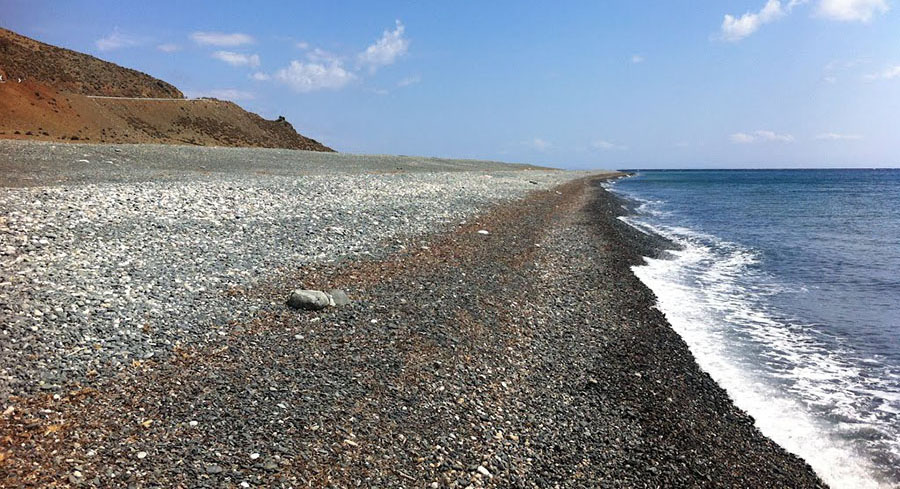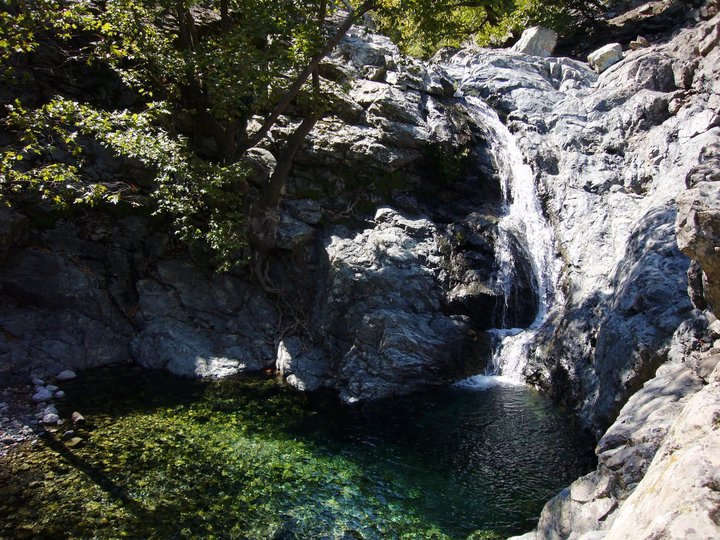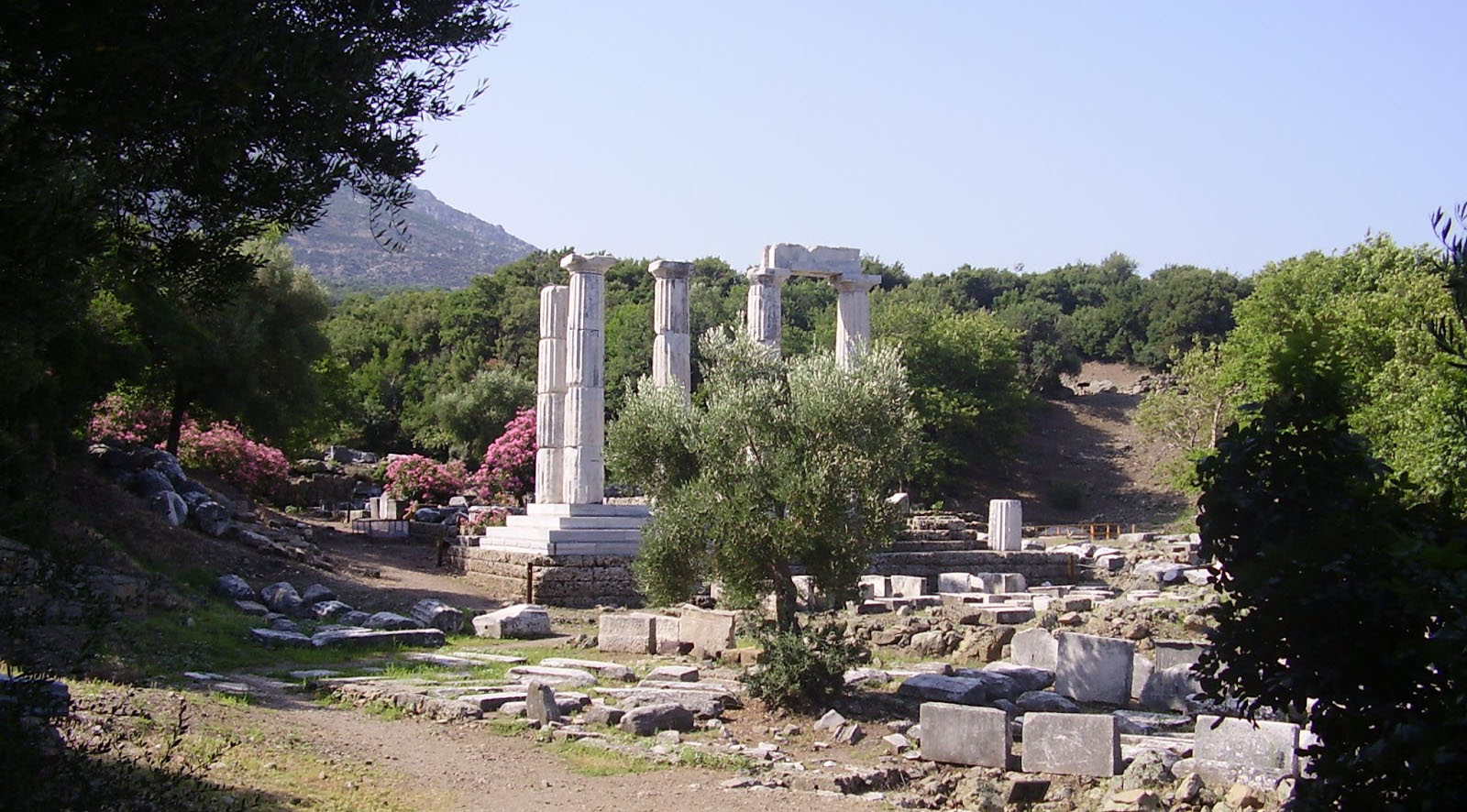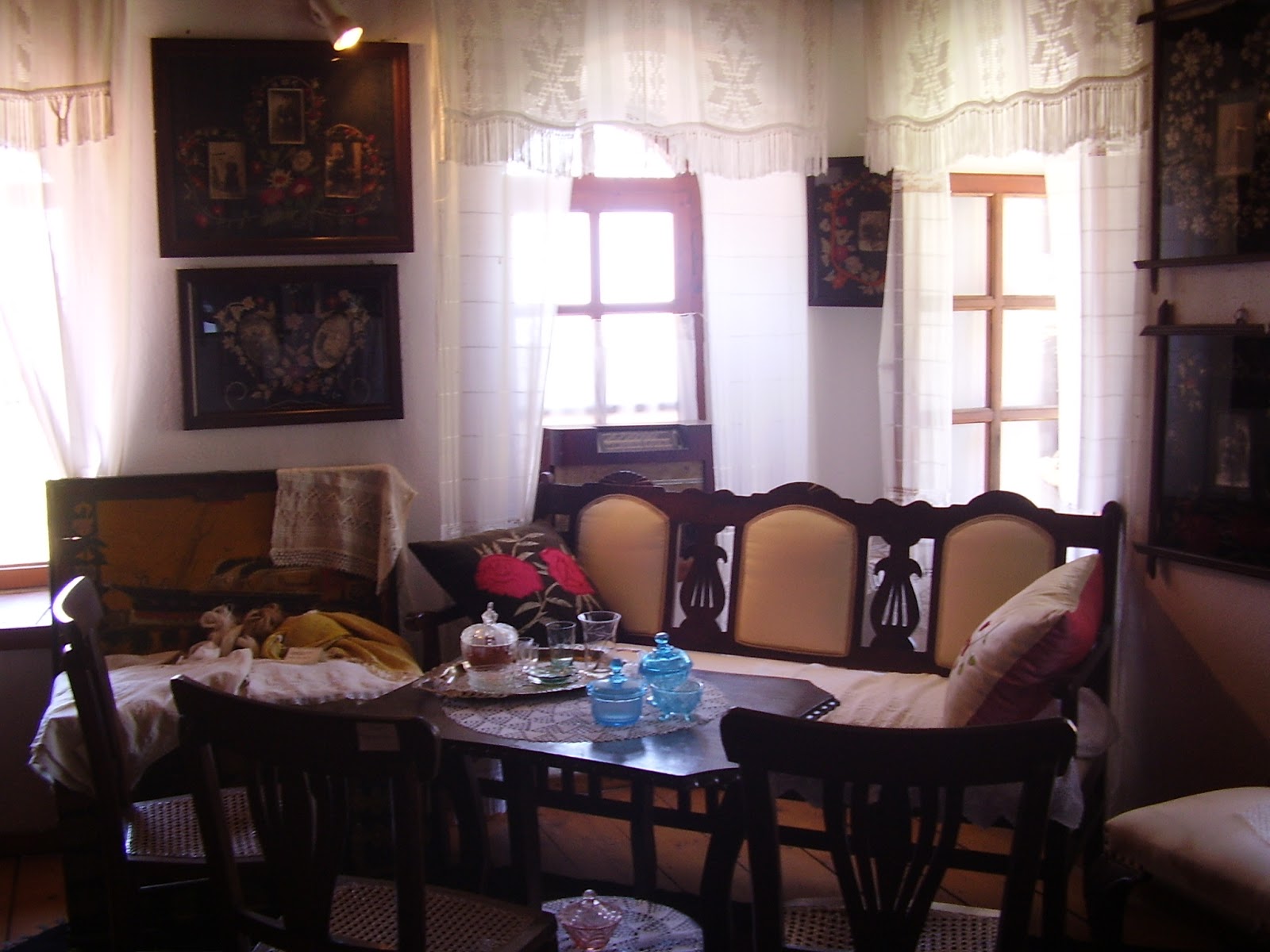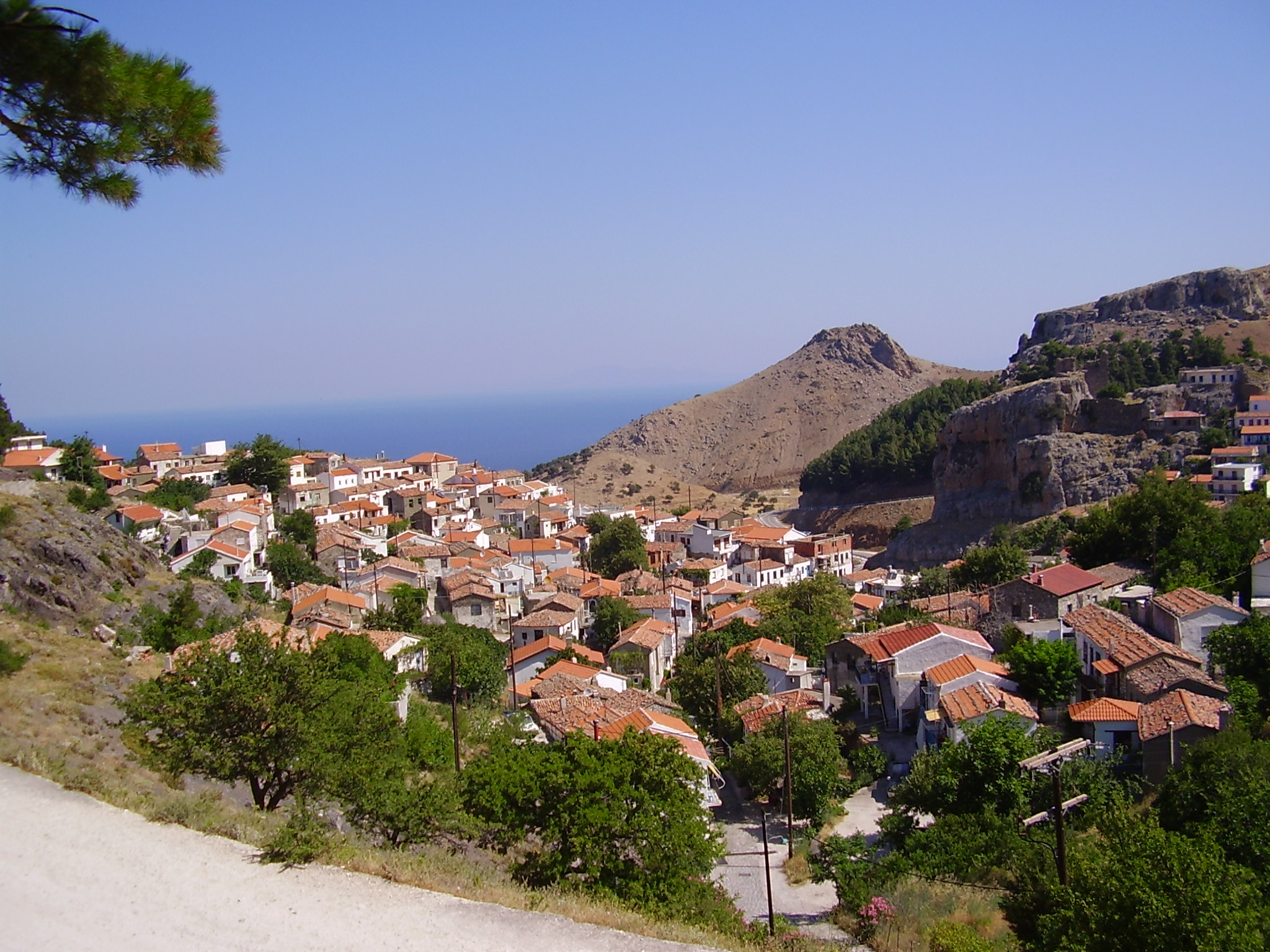Samothraki, with its rich history, the mystical Kabeirian Mysteries, significant archaeological monuments, and unique natural beauty, stands out as one of the most exceptional destinations in Greece. Discover its history, religious significance, and the legacy it has left on the ancient and modern world.
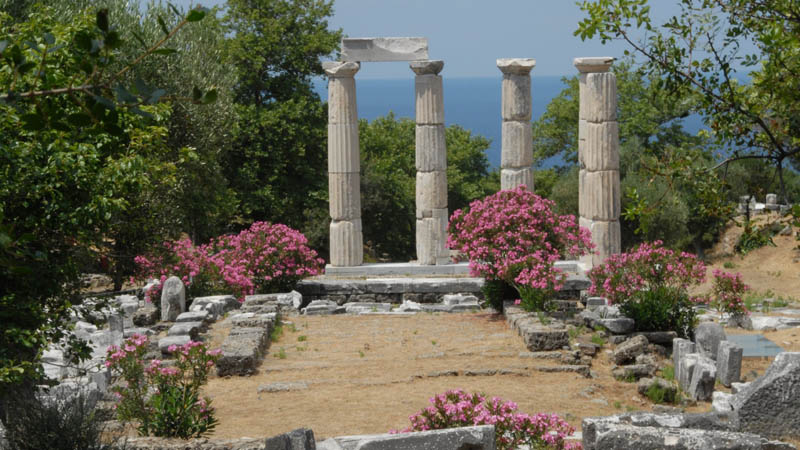
Samothraki in Antiquity
Samothraki, an island with a rich history and unique religious significance, was one of the most important religious centers of antiquity. Over the centuries, Samothraki combined ancient religion with major political events, developing a culture that influenced both Thrace and the broader Roman and Greek world.
Early Inhabitants and the Greek Colony
The history of Samothraki begins with its early inhabitants, the Pelasgians, and later the Thracians. Diodorus Siculus mentions Butes, son of Boreas, as the first settler of the island. From the late 8th century BC, the island became a colony of Greeks from Samos and was later conquered by the Persians in 508 BC, coming under the control of Athens and eventually Macedonia.
The Kabeirian Mysteries
The island gained particular religious and cultural significance because of the Kabeirian Mysteries, held at the Sanctuary of the Great Gods. These mysteries attracted followers from across the ancient world, as they believed they could reveal secrets about life and death. They were open to all, regardless of social class, and Samothraki became associated with the illustrious conception of Alexander the Great.
The island gained particular religious and cultural significance because of the Kabeirian Mysteries, held at the Sanctuary of the Great Gods, attracting followers from across the ancient world as they believed it revealed secrets about life and death.
Samothraki in the Roman Era
During the Roman Empire, the island had gained international religious prominence. The Roman emperors held a special respect for the Gods of the Sanctuary, and Samothraki was one of the most important religious destinations of the Roman Empire. Besides its religious significance, the island also had commercial advantages due to its two ports, making it an important station for ships navigating the Troas-Macedonia sea route.
Byzantine and Ottoman Era
Samothraki later came under the Byzantines, followed by the Venetians and the Gattilusi. The Ottoman conquest in 1457 and the severe oppression during the Revolution of 1821, when the Turks killed the majority of the Greek population, left a tragic mark on the island's history. Despite the hardships, Samothraki was finally liberated in 1913, although it was under Bulgarian occupation during World War II.
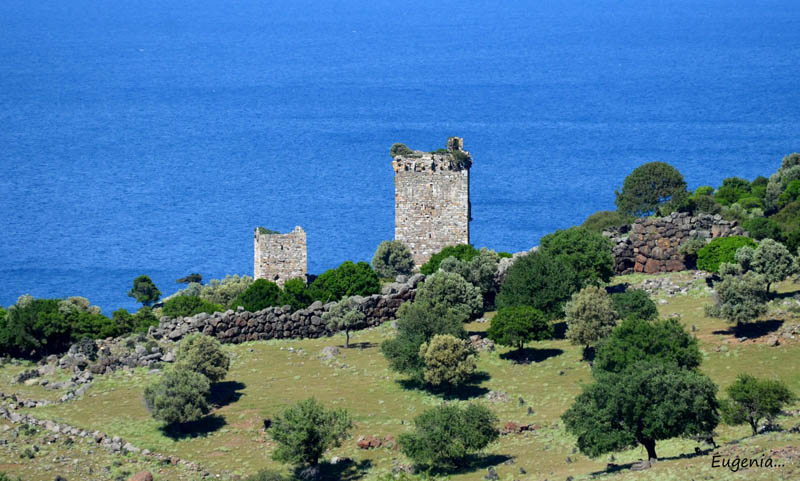
Samothraki Today
Today, Samothraki stands as one of Greece's most significant archaeological and cultural landmarks. The Sanctuary of the Great Gods, with its monuments such as the Arsinoe's Throne, the Anaktoron, and the Stoa, highlight its ancient grandeur. The Archaeological Museum of Samothraki hosts important findings from the area, while the Towers of the Gattilusi and the Apostle Paul's Seat reflect the island's medieval and Byzantine history.
The Virgin Mary Krimniotissa, located impressively above Pachia Ammos beach, serves as a modern religious attraction, while the island's natural beauty, with its mountains, springs, and beaches, enhances its historical and cultural heritage.

